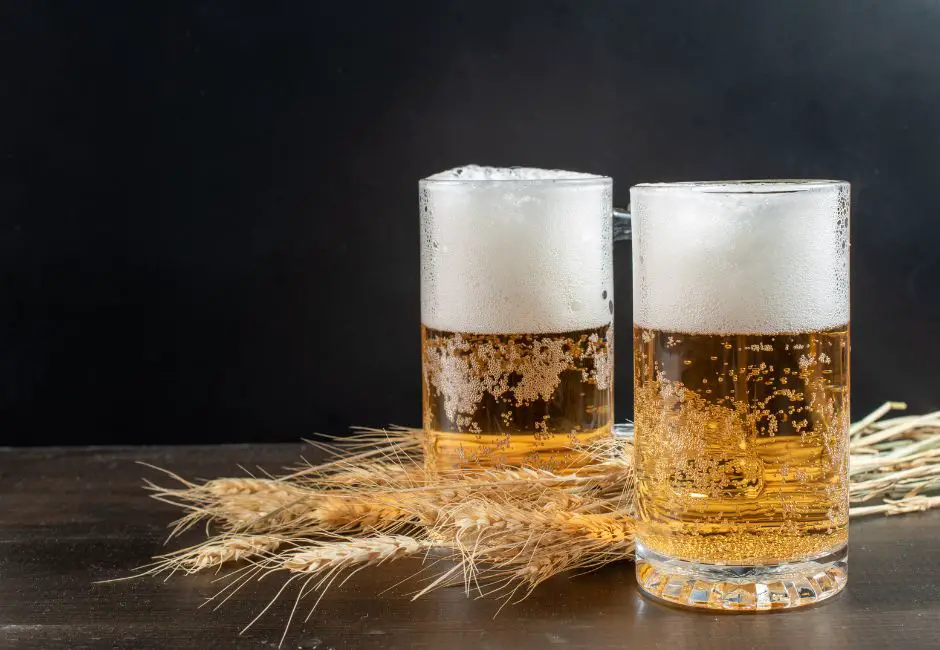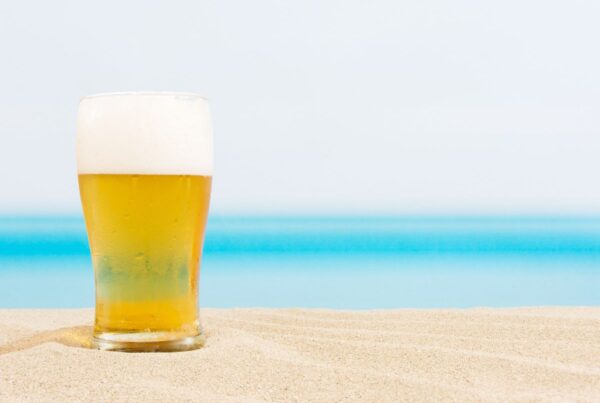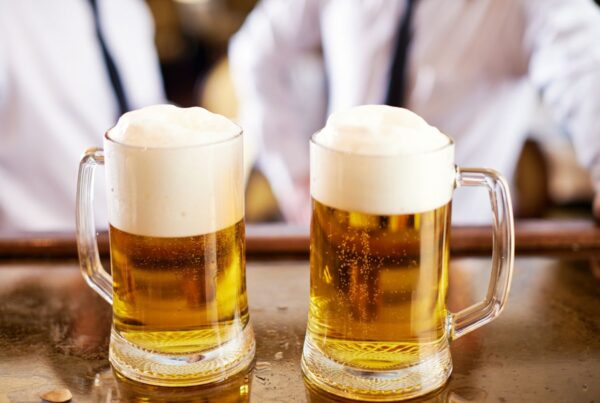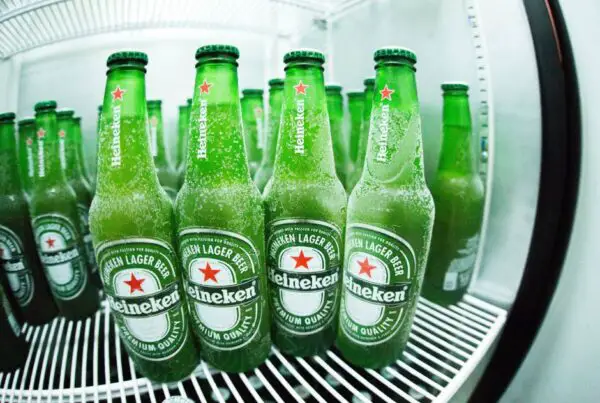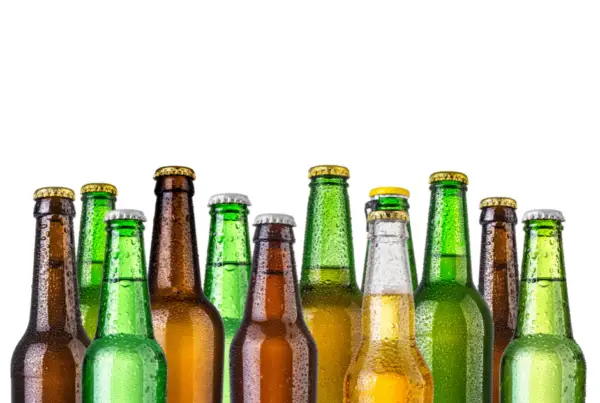What is Malt? How Does It Impact Your Beer?
Have you ever heard about the unsung hero of the beer world? No, I’m not talking about the humble beer bottle (this time).
I’m not even talking about the poor sod who has to clean up all the foam after your friend spills his hefeweizen all over the bar—although he deserves a round of applause too.
I’m talking about malt: the backbone of beer.
Sure, it may not be as well-known as hops, as versatile as water, or as yeasty as yeast—but malt is critical to the flavor and character of beer all the same.
Think of malt like the foundation of a house. You might not see it much once the walls are up, but it’s there—supporting everything else.
Without a solid foundation, your house (or your beer) would fall apart. And just like a house, the quality of your beer depends on the quality of its foundation.
It’s about time we gave malt its moment in the sun, don’t you think? Grab a cold one (or preferably a between-45°F-and-55°F one) and let’s take a deep dive into the world of malt.
Much Ado about Malt: What is It, Anyway?
First off, let’s get a couple of facts straight:
- “Malt in beer” and malt whiskey/malt liquor are two different things, although they do share some similarities.
- Malt is basically just germinated cereal grain (usually barley, but wheat, oats, and even rice can be used).
To those of us who aren’t agriculturally-inclined, that just means barley that started sprouting, but was dried to halt the growing process. Why? Because this produces enzymes, which can then be used to help break down starches into fermentable sugars.
Sounds boring? Well, only a little bit, because this is actually the stage where a lot of the magic that makes beer possible happens.
Without fermentable sugars, yeast wouldn’t have anything to munch on… and we wouldn’t have beer. (Or much decent bread, for that matter.)
Types of Malt
Malt comes in many types and shades, just like the many shades and colors of beer. Each type of malt adds specific coloring and flavoring.
You’ve got your pale malt—the go-to malt for most brews. You’ve got your caramel malt, which adds sweetness and color.
On the dark side, you’ve got your chocolate malt (not the same as the old-fashioned milkshake thing) for darker beers with toasty, roasted flavors; and even black malt for that extra deep coloring and roasty punch in stouts and porters.
Malt in Beer Brewing: Wort the Malt is Going On?
Now that we know the basics of malt and malt accessories, let’s look more closely at how it’s involved in making beer.
In short, malt gets mashed. This involves mixing crushed malt with hot water, which allows those enzymes to start breaking down the starches into fermentable sugars. It’s kind of like a high school science experiment gone right.
Once we’ve got a sugary, malt soup, it’s time to drain the wort.
Wait—come back! Draining off the wort is a critical step in the beer-making process. We need to separate the liquid wort from the spent grains (the leftovers from the malt mash) to get the sugary liquid we need for fermentation. It’s kind of like straining the noodles from a pot of pasta, you don’t want all that cloudy water—you want the good stuff.
After the wort has been boiled, hops are added for flavor and bitterness, and then the real fun begins—fermentation. The yeast feasts on the sugar, producing alcohol and carbon dioxide, which ultimately becomes the beer we all know, love, and occasionally regret the morning after.
The Bottom Line on Malt
Malt is like that unassuming, hardworking employee that everyone has heard the name of, but no one knows what they “actually do.” Again, while it may not be as understood as yeast, as well-respected as hops, or as big a name as water, it nevertheless plays an equally vital role in the brewing process.
Just like a good ensemble cast, beer is at its best when all its components work harmoniously. Whether you prefer a light lager or a rich stout, malt is the foundation upon which your beer is built. Different types create drastically different colors, flavors, aromas, and even textures in beer.
Without malt, we’d all just be sipping on sad, flat cups of hop tea.
Cheers to malt for making literally everything related to beer possible!

